Nine other important things to know about the House’s transportation bill
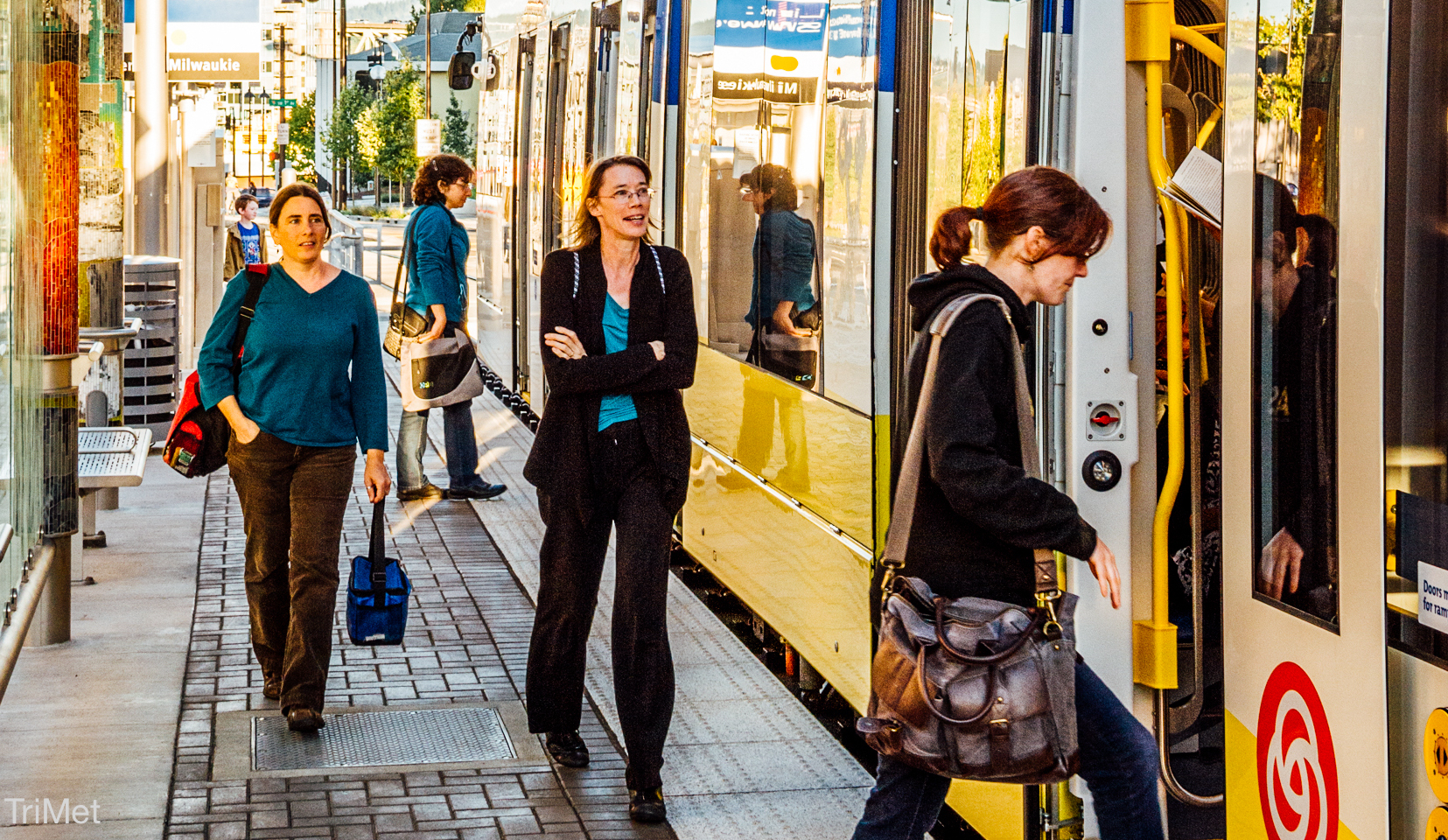
Last week the House Transportation and Infrastructure Committee released a multi-year transportation bill that starts to connect transportation spending to accomplishing measurable outcomes, including our three core principles. Here are nine other important other things to know about the House’s introductory effort to replace the FAST Act, which expires this December. Most are exciting, but there are two major disappointments.
Read our previous post chronicling how this bill stacks up to our three core principles: prioritize maintenance, design for safety over speed, and connect people to jobs and services.
1) Puts climate change at the center to reduce emissions
Transportation is the largest source of greenhouse gases (GHGs) in the country, the vast majority of which is due to personal cars and trucks. This legislation recognizes that reducing this pollution is imperative and requires states to measure and reduce greenhouse gas emissions from their transportation system. (A similar requirement from USDOT was rolled back early in the Trump administration.) This requirement to measure and reduce GHG emissions from transportation could be a gamechanger. States that spend in such a way to reduce emissions can be rewarded with increased flexibility. States that fail to reduce emissions will face penalties. This is precisely the kind of holistic approach that the Senate’s proposal is lacking. As we wrote last summer about the Senate bill, “Despite including a climate title for the first time ever—a huge feat for a Republican-led Senate—and a new safety incentive program, the [Senate EPW’s proposal] puts the bulk of its funding into programs that incentivize the building of high-speed roads. This negates the funding for the climate and safety programs because high-speed roads are dangerous by design and increase transportation emissions.”
2) Climate isn’t confined to a single section
There are a handful of other new climate programs proposed by the House to tackle climate change. First, the bill proposes a new Carbon Emissions Reduction program within the highway title to fund projects that will significantly reduce greenhouse gas emissions. Second, there is also a new Pre-Disaster Mitigation program that funds projects that improve the resilience of existing infrastructure. Third, the proposal includes a new Community Climate Innovation Grant program that will provide $250 million annually to support local projects that reduce emissions.
There are several provisions in the bill seeking to electrify vehicles, including allowing surface transportation funds to be used for vehicle charging infrastructure. The bill also creates the Electric Vehicle Charging and Hydrogen Fueling Infrastructure grant program, which would make $350 million per year available to public agencies to build more charging stations for zero emissions vehicles. Finally, the “Low or No Emission” grants program for transit buses and facilities would also be renamed the “Zero Emission Grants” program to reflect a shift in the program. Funding for zero emission bus grants—which will fund the purchase of buses and charging infrastructure, and require a plan to transition to a zero emission fleet—would be increased more than fivefold to $1.7 billion over five years.
3) Builds on the FAST Act’s rail program to provide a better and more balanced passenger rail service
Expanding and improving passenger rail is one of the best ways to improve access for millions of Americans in big urban areas and small rural ones alike. High-speed rail would be nice, but in many areas of the country, rail connections are the only way for some people to travel between smaller towns and cities. We need to improve the entirety of our network and bring better, more reliable passenger rail service to more people. By providing $60 billion in funding for passenger rail over five years, the House starts to balance out rail with the rest of our transportation investments.
Perhaps most notably, in stark contrast to Congress’s recent attempts to peel off the Northeast Corridor and cancel vital long-distance routes, it re-establishes the centrality of a complete national network of short- and long-distance rail service by funding each one in an equal manner. And it gives Amtrak the legal tools it needs to address bad faith interference from freight carriers. As an example of how this is necessary, when Amtrak was negotiating with CSX for their right-of-way along the Gulf Coast to restore passenger service, CSX first came to the table with a dollar figure that was so large as to defy rational explanation.
4) More money for transit with a policy shift to quality service for more people
Transit gets a big boost in overall funding (47 percent) with this bill (as does highways at 42 percent, unfortunately), but the real star here is the change in policy. For years, federal funding for transit has incentivized lowering operating costs—where can transit be built the most cheaply, how can it be run for the least cost, etc.—instead of building transit that is most useful to people. But no one ever chose to ride transit because its construction costs were low—frequent service and reliability are what people care about. The INVEST Act flips these incentives to focus on frequency of service that will encourage more people to choose to ride.
There are also major reforms to the program used to build and expand transit (Capital Investment Grants), like directing the federal government to cover a larger share of the costs—as we have long done for highways—and doubling the program’s historically limited funding to about $4.5 billion per year on average. And a new federal transit-oriented development office will help coordinate transit and housing investments to create more walkable, transit-accessible neighborhoods around the country.
5) A year for transition and some emergency support, though not what transit needs over the next year
The House recognizes that we are in the midst of a crisis with this pandemic; so for the first year, 100 percent of all new funding would go toward emergency programs. For transit, that means $5.7 billion. The House deserves credit for recognizing that we need emergency assistance for our unique circumstances, but transit will need far more than this bill provides. Most of that need will have to be addressed outside of a reauthorization bill since it is possible, even likely, that a reauthorization package will not become law for a year. House leaders are likely planning to address pandemic recovery elsewhere, but it is good to remember that this funding, along with the funding from the passed CARES Act and the proposed HEROES Act, still falls short of what is needed to keep transit running through fiscal year 2021.
6) Connects housing and transportation
This is a transportation bill, but it takes seriously the powerful impact of transportation policy on housing and vice versa. We must provide more attainable housing in places where people can drive less and walk or take transit more. This proposal attempts to address this by providing a large boost in transit funding. But it is also essential to incentivize cities and developers to build more affordable housing near transit.
The House proposal calls for the creation of a new Office of Transit-Supportive Communities within the Federal Transit Administration to coordinate transit and housing projects within the USDOT and across the federal government. This office would be empowered to provide new Transit Oriented Development Planning grants to state and local governments who are designing or building new high-frequency transit. These grants would support efforts to enhance economic development and ridership by facilitating multimodal connections, increasing pedestrian and bicyclist access, and enabling mixed-use development. The grants can pay up to 80 percent of the cost, but projects that include an affordable housing component can go up to 90 percent.
The office would also offer technical assistance with transit-oriented development, including siting, planning, and financing projects. The technical assistance could also support housing feasibility assessments, ridership promotion, applying for relevant federal funding, value capture, and model contracts. All assistance must include strategies to improve equity and serve underrepresented communities.
These are important provisions, though it would be helpful and important to have states and MPOs measure how well they are performing in providing affordable housing in areas that have affordable transportation. A good way to do this would be to create a new federal performance measure for combined housing and transportation costs with 45 percent of household expenses as the target upper threshold.
7) A few other exciting new programs
- There is congestion pricing provision that allows the conversion of non-tolled lanes to variable tolling lanes if the Secretary finds that the “toll facility and the planned investments to improve public transportation or other non-tolled alternatives in the corridor are reasonably expected to improve the operation of the cordon or corridor.” The planning for such a conversion must include consideration of air quality, environmental justice and equity, freight movement and economic impacts. Further, the operator must report on the impact of the program on congestion. Wouldn’t it be nice if state DOTs had to do that on regular highway expansions?
- This bill creates a new $600 million competitive program akin the TIGER/BUILD program to fund local and tribal governments, MPOs, transit agencies for projects that improve safety, state of good repair, access to jobs and services, and GHG emissions. The Secretary of Transportation will have to create a transparent new system for objectively evaluating projects and developing a rating system to compare the benefits and costs of each application, using these metrics above. And only the highest scoring projects would be eligible for grants, which can be up to $25 million.
- The bill proposes a new $250 million program to provide direct funding to “high-performing” MPOs for locally-selected projects. Awarded amounts would vary from a minimum of $10 and a maximum of $50 million. High-performing MPOs would be determined based on the financial, legal and technical capacity of the MPO; its coordination with the state DOT, transit agencies, and other MPOs in the metropolitan area; and its management of the planning program and past competitive grants.
8) The issue no one has taken on yet: the 80-20 split
Why are we still propping up the 80-20 split of highway and transit dollars? It budges with this legislation, but only a little to 77-23 or so. As T4America Director Beth Osborne said on Twitter, “It is amazing that with such a disproportionate boost [in overall funding], transit just barely makes it to 20% of the funding. It shows what a lift real change is. How are we 38 years past the 80-20 deal and still so subjugated by it?”
If Congress is able to fund this bill, it’ll happen with a sizable amount of general taxpayer funds, not gas taxes. So taking care of the user isn’t the reason for sticking with the old funding pattern. Also, the United States spent decades building out a highway system: will this country ever put the same energy into another surface mode?
For no good reason at all, we are still spending money on highways like we’re just starting out, way back in 1956. This is no longer the Eisenhower highway program, but this bill proposes to add almost 100 billion additional dollars to the pot for highways as if it was. Congress declared the interstate system complete decades ago, but you wouldn’t know it by the funding. Even though this bill proposes to spend that money far better, the level of spending is a sign that we still haven’t successfully transitioned into managing the system we built. That urgently needs to change.
9) Congestion as the goal of the program still reigns supreme
Congestion relief has always been the underlying goal of the program whether written or not. And it always means congestion relief through building and expanding highways, even though it never, ever works and usually makes congestion worse. (See The Congestion Con report for the proof.)
If Congress enacts an access measure, we hope they consider removing the congestion relief measure since improving access includes improving access by car through congestion relief. A more insidious issue is the ever powerful, unwritten standard that dominates the program called “Level of Service”—a measure of how fluidly cars are traveling. A road is rated an A through an F; an F is failing even though it may very well be the most economically productive corridor. “Level of service” is simultaneously required nowhere but no one is allowed to design a transportation project without it. It is probably time for Congress to tackle this issue in the law if they want to truly exert authority over this program and focus it on a broader array of priorities.














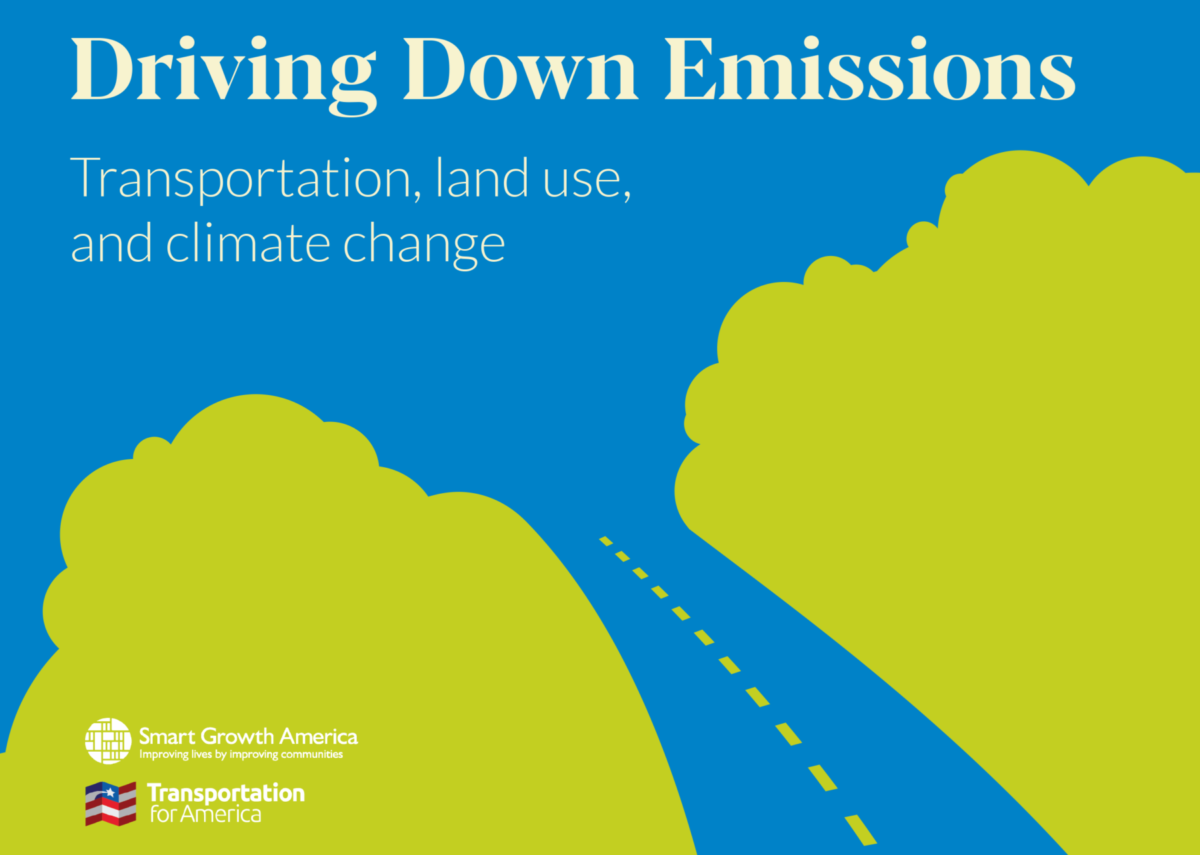
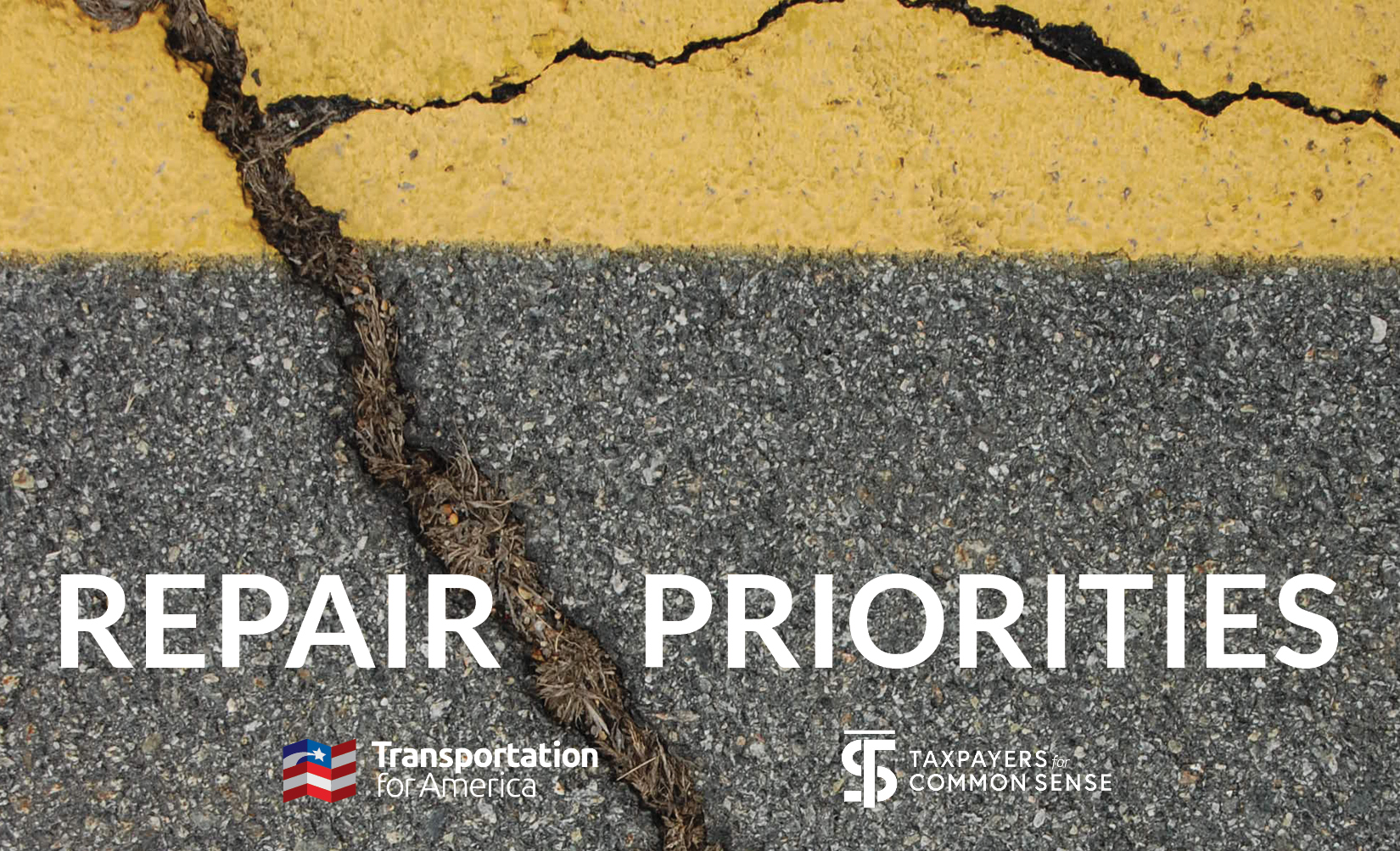
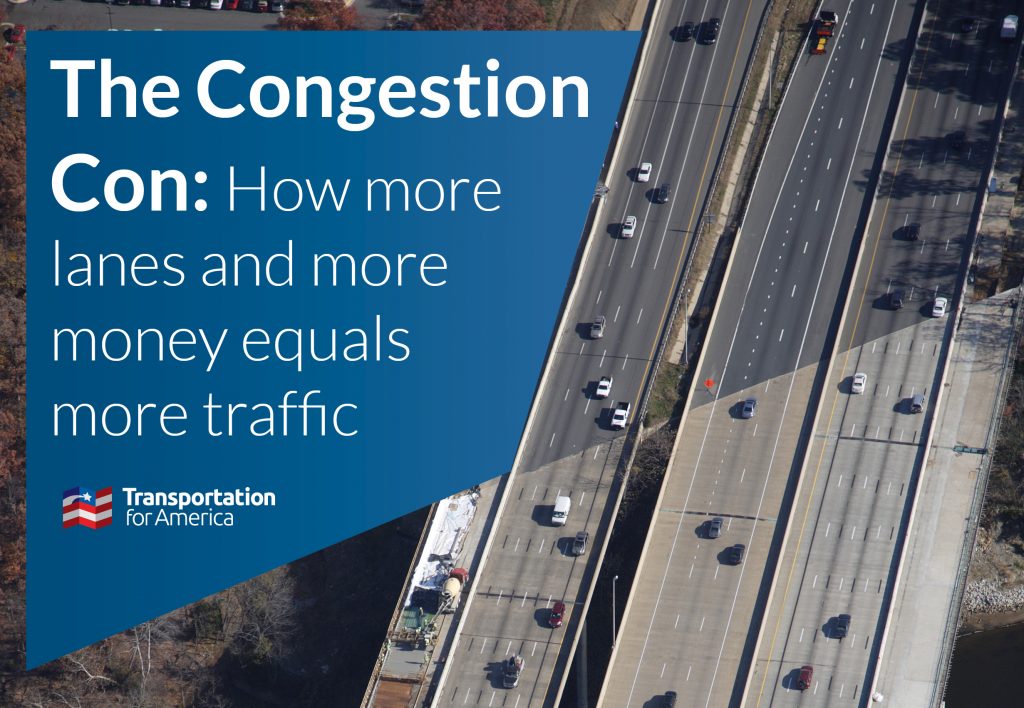
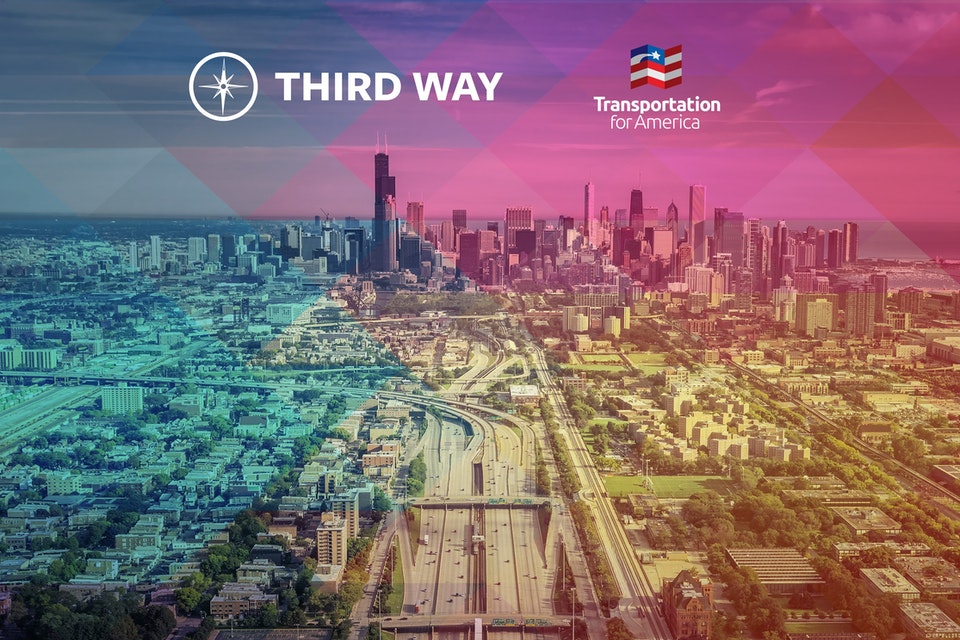

Pingback: Transportation For America How well does the House’s new transportation bill advance T4America’s core principles? - Transportation For America
Pingback: Wednesday’s Headlines from All Over the Place – Streetsblog USA